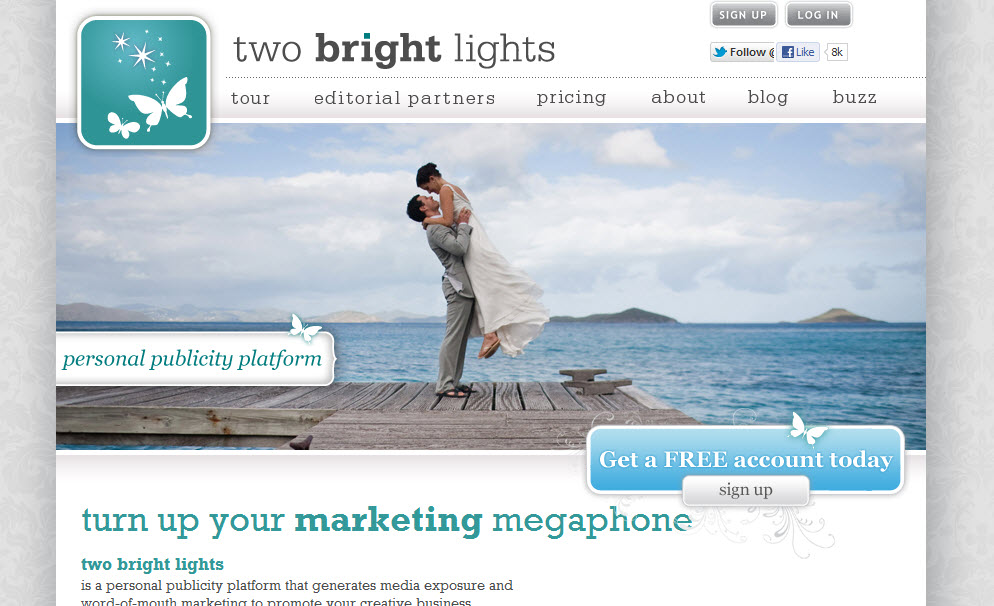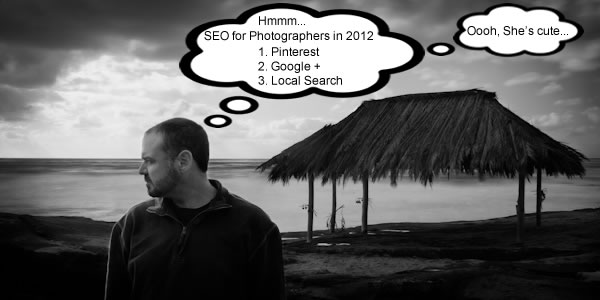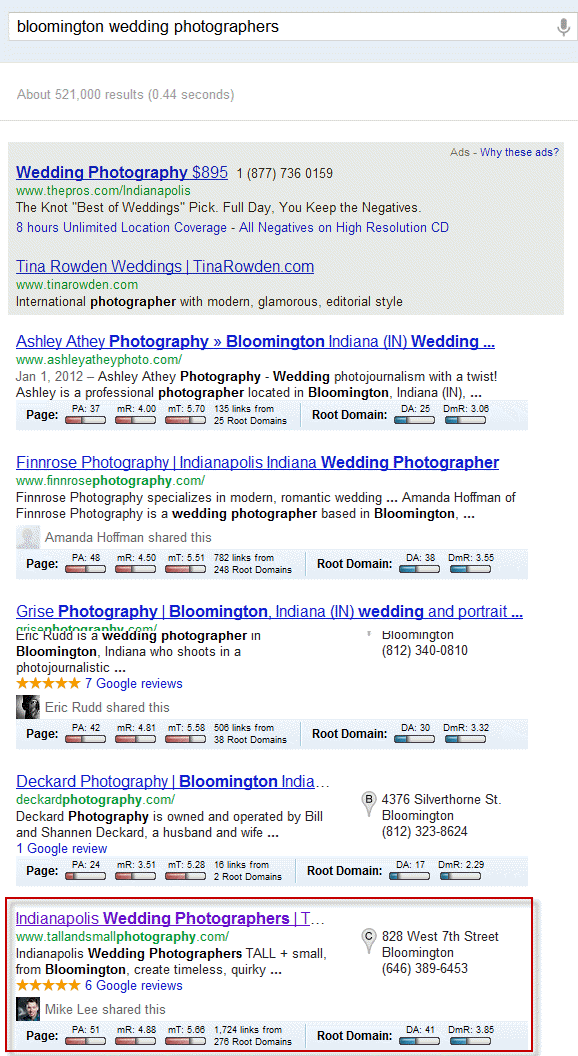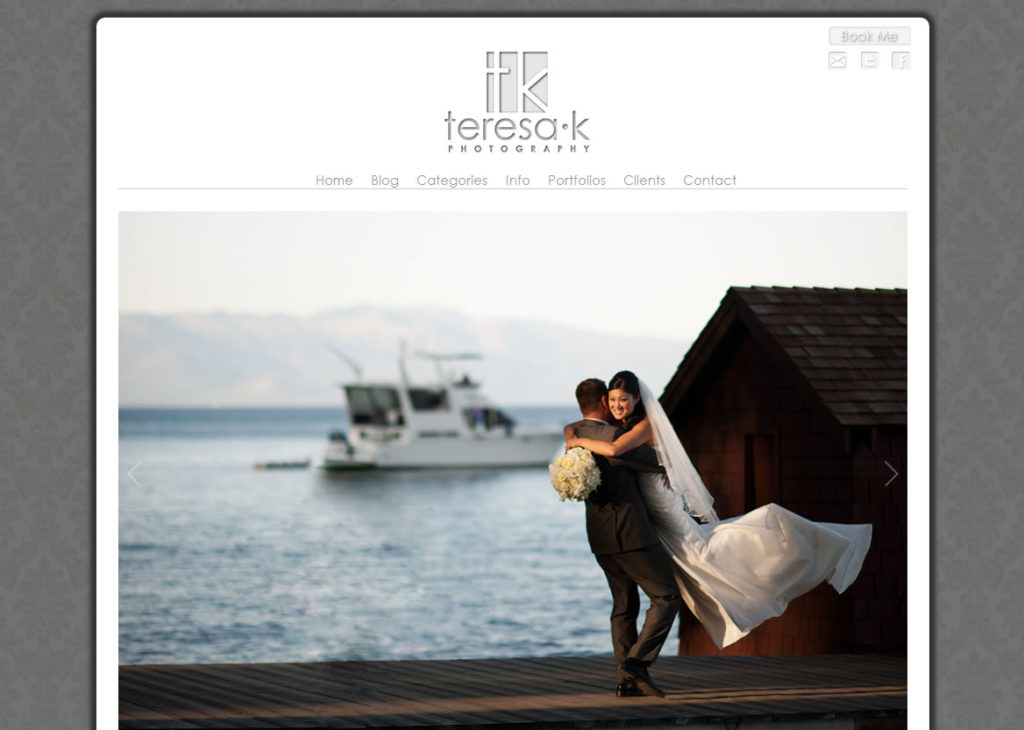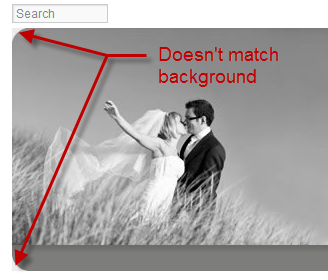Dear David,
In light of your email to PPA members today about SOPA and PIPA, I’d like to speak to a couple of the things you addressed. More specifically the actions that internet users were using “heavy-handed tactics” in order to spread “false information.” And what is being presented to the public as to what those bills would actually do.
Before any of that, I’d like to say that, I’m a photographer and I care about the protection of my images just as much as anyone. And I do believe that there is a solution out there to accomplish that protection. I completely disagree that that this was the way to do it.
So on to it…
The Internet is one of our sacred gems. It has no borders, we don’t need passports to visit our friends with tools like Skype, iChat, etc. And there is an innate freedom that exists there. For someone to restrict that freedom is something that will cause people to rise up against that threat.
Copyright is not, as you incorrectly attribute Google and Wikipedia with saying, censorship. But the practice of blocking of sites to viewers is.
Consider these scenarios:
- You’d like to visit someone’s house, but police prevent you from entering because there is a bomb in the house.
- You’d like to visit someone’s house, but police prevent you from entering because the person {may have} stolen something. *Thanks to Nathan Johns @Austin_Photog for adding “may have” above since due process is diminished in these laws.
While the first scenario, authorities are protecting your interests (living and all that), the second is something on the lines of Marshall Law. Stripping the freedom from internet users is just that, stripping freedom.
To be clear there are countries that do restrict access, China, Burma, North Korea, Iran, Cuba, and a few more. I don’t think we want to end up in that list. It starts with blocking a few sites, but who decides what sites are Kosher, and what aren’t? It’s too much power for any one person, or group of people to possess when our freedom is on the line.
I’m fully supportive in a bill that actually targets the perpetrators. But this is something that must be fully thought out, and will involve working with other countries in order to achieve. The target should be the Copyright violators, and not the restriction of people’s internet access.
You should also note that the majority of photorgaphers I speak with, including rather heavy hitters in the industry, and many PPA members, have consciously opposed both SOPA and PIPA. This would point to a clear contradiction in how PPA represents member’s interests. They all understand that freedom is more important than ©.
Sincerely,
William Bay
Update:
Both Trey Ratcliff @treyratcliff and Scott Bourne @ScottBourne have come out and spoken against PPA’s support in SOPA and PIPA.
From Trey: “Infuriating! The Professional Photographers of America say crazy things in their latest email about SOPA!”
From Scott: “Sorry @OurPPA your positon in favor of #SOPA has just established you as utterly out of touch. You may be well intentioned but you’re wrong!”
Let PPA know how you feel.
PPA members can go here: http://www.ppa.com/articles/497/SOPA-and-PIPA-Dont-Be-Fooled.php and add your comments below David Trust’s letter letting him know that PPA does not have their members interest at heart in this case.
Also write to their Twitter account @OurPPA and let them know what you think.
